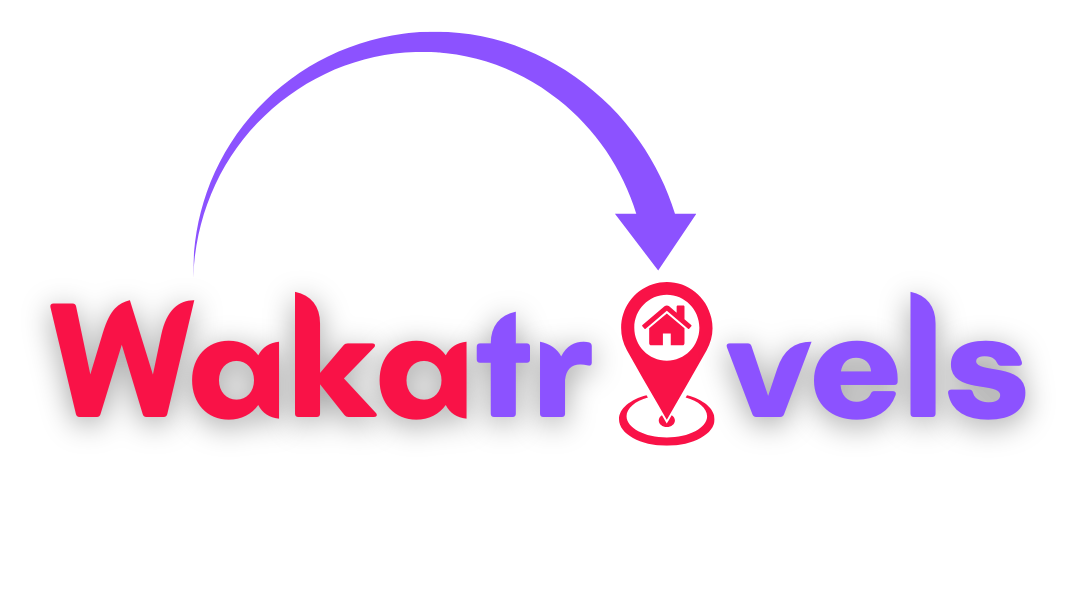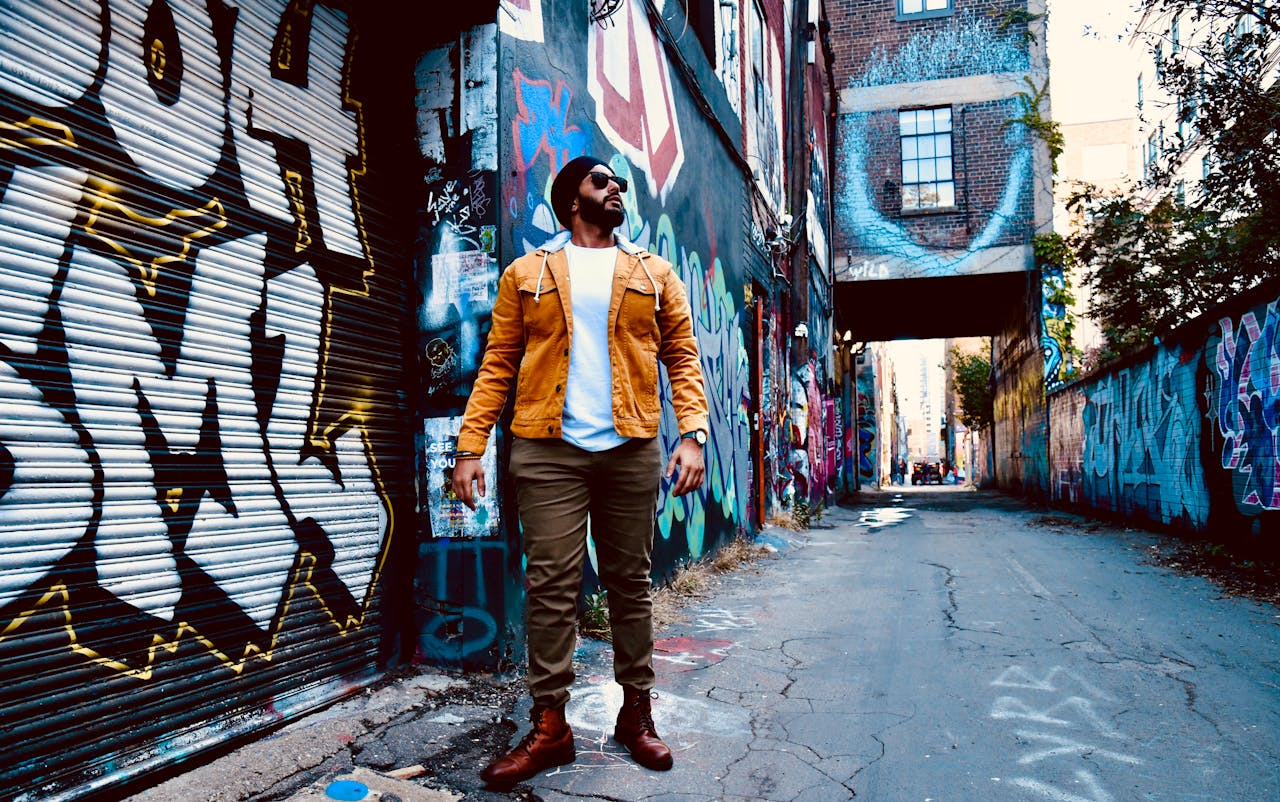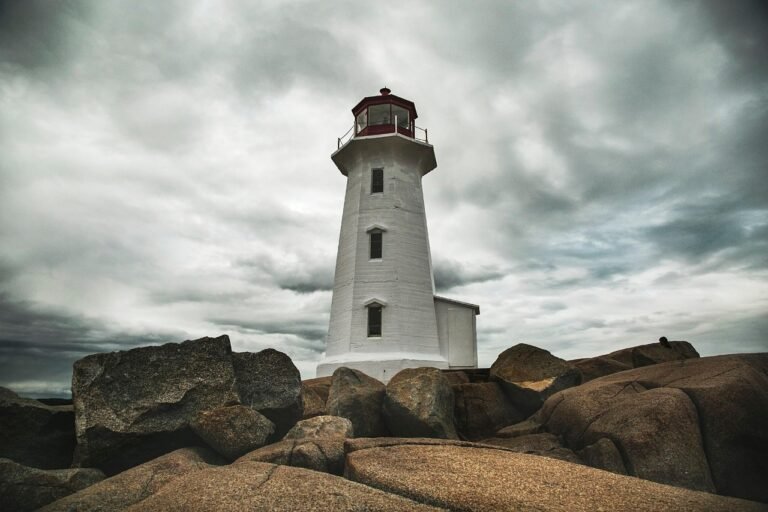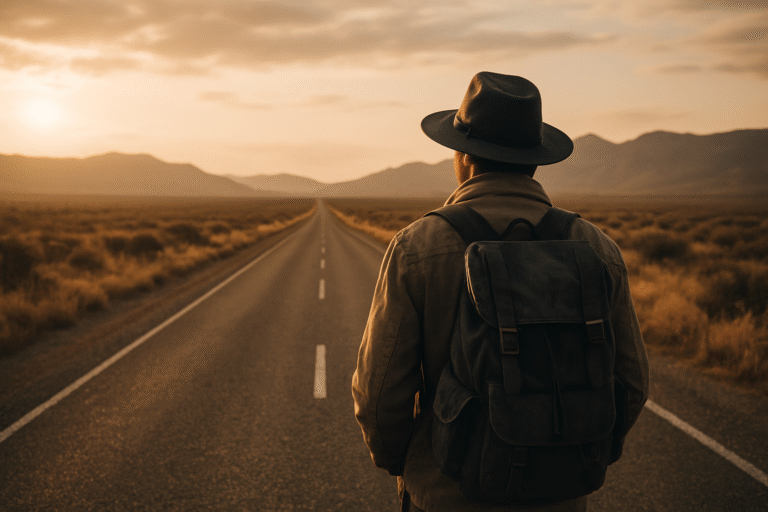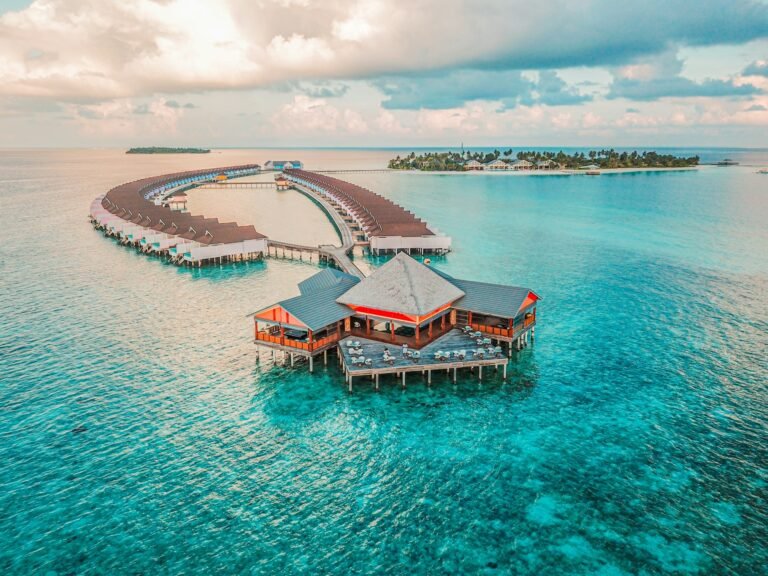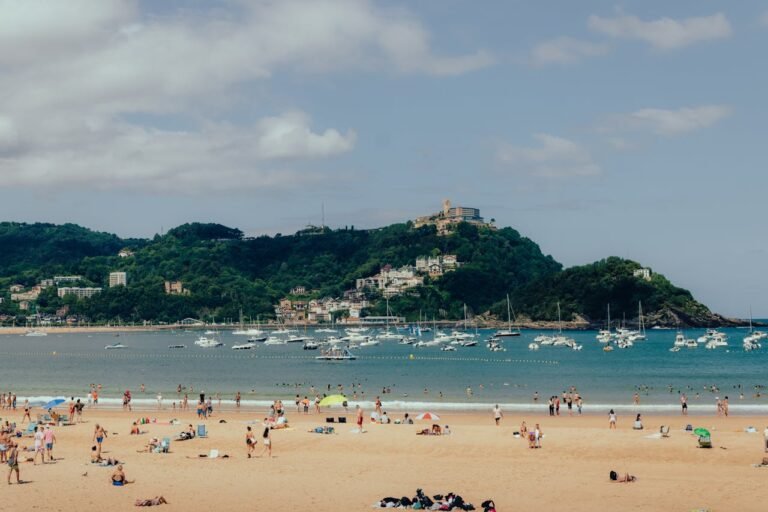Look, I’ll be honest—I’ve never been someone who could explain why one brushstroke matters more than another or why that weird sculpture of a giant spoon is supposedly revolutionary. But after spending the last decade hopping between America’s cultural hubs for work (and mostly pleasure), I’ve developed what my more refined friends call “an acceptable level of art appreciation.” Translation: I can now fake my way through museum cocktail parties without embarrassing myself.
So, whether you’re an aspiring artist, a culture vulture with an insatiable appetite, or just someone who enjoys wandering through galleries on rainy afternoons, I’ve compiled this utterly subjective guide to the cities that have personally blown my mind with their creative energy.
Where Art Lives and Breathes in America
Let me tell you about the time I accidentally ended up at an underground gallery opening in Brooklyn. It was housed in what looked suspiciously like an abandoned laundromat, and I was fully prepared to hate every moment of it. Three hours later, I was debating the merits of mixed-media installations with a woman wearing what appeared to be a dress made entirely of VHS tape. And I was loving it.
That’s the thing about America’s art scenes—they surprise you. They pull you in when you least expect it. They make you question why you ever thought art was boring in the first place.
New York City: The Undisputed Champion
Let’s get the obvious choice out of the way first. NYC isn’t just an art destination; it’s practically art’s helicopter parent—nurturing, overwhelming, and occasionally suffocating with its attention.
The Met, MoMA, and Guggenheim form the holy trinity of must-visit institutions, but the real magic happens when you venture beyond the tourist trail. Chelsea’s gallery district feels like walking through the pages of an international art magazine come to life. On a good day, you might spot a famous artist or two mingling with the crowd—I once stood next to someone I later realized was Kehinde Wiley, completely unaware I was breathing the same air as presidential portrait royalty.
The Lower East Side and Bushwick offer grittier, more experimental spaces where upcoming artists push boundaries in converted warehouses. My personal favorite? The tiny, easily missed galleries in the East Village where student work sometimes outshines the established stars charging thousands more.
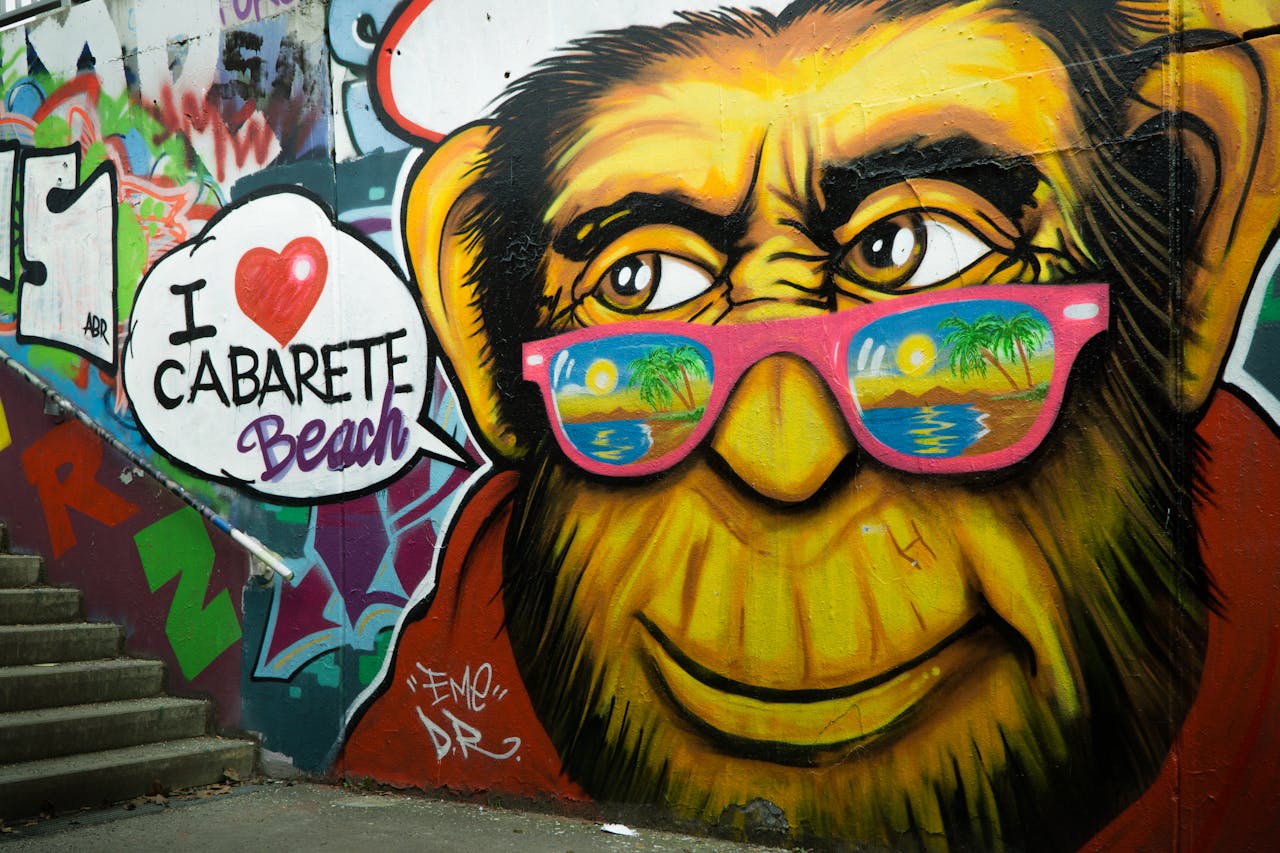
What truly separates New York from everywhere else is its sheer volume. You could visit five galleries a day for months and still barely scratch the surface. It’s exhausting, exhilarating, and absolutely essential for any serious art lover.
Los Angeles: Hollywood Adjacent Brilliance
LA’s art scene used to live in New York’s shadow—not anymore. While the entertainment industry commands the spotlight, the city’s visual arts have staged a quiet revolution over the last decade.
The transformation of Downtown LA from sketchy no-go zone to cultural epicenter still gives me whiplash. The Broad and MOCA anchor the scene with world-class collections, but it’s the sprawling Arts District that really gets my heart racing. Former industrial buildings now house massive installation spaces where scale isn’t constrained by New York’s astronomical real estate prices.
During my last visit, I stumbled into an immersive light exhibition that felt like stepping into another dimension. A teenager trying to look unimpressed whispered to his friend, “This is better than drugs, man.” High praise indeed.
Don’t sleep on Culver City or Mid-Wilshire either. The gallery scene there offers a more concentrated dose of contemporary work without the hipster pretense that sometimes plagues the Arts District.
Chicago: Midwestern Masterpiece
Chicago does what it always does—delivers substance without shouting about it. The Art Institute alone would qualify the city as a major destination (those Monet haystacks get me every time), but it’s the city’s architectural legacy that truly distinguishes it from other cultural capitals.
Walking through Chicago feels like browsing an open-air museum of American architectural innovation. From the glorious Art Deco details of the Board of Trade Building to Mies van der Rohe’s minimalist masterpieces, the city itself is the exhibit.
When I visited during a particularly brutal winter, I discovered the joys of the Chicago Cultural Center—that Tiffany dome providing the perfect respite from the wind howling off Lake Michigan. A local tipped me off to the National Museum of Mexican Art in Pilsen, which turned out to house one of the most moving Day of the Dead exhibitions I’ve ever experienced.
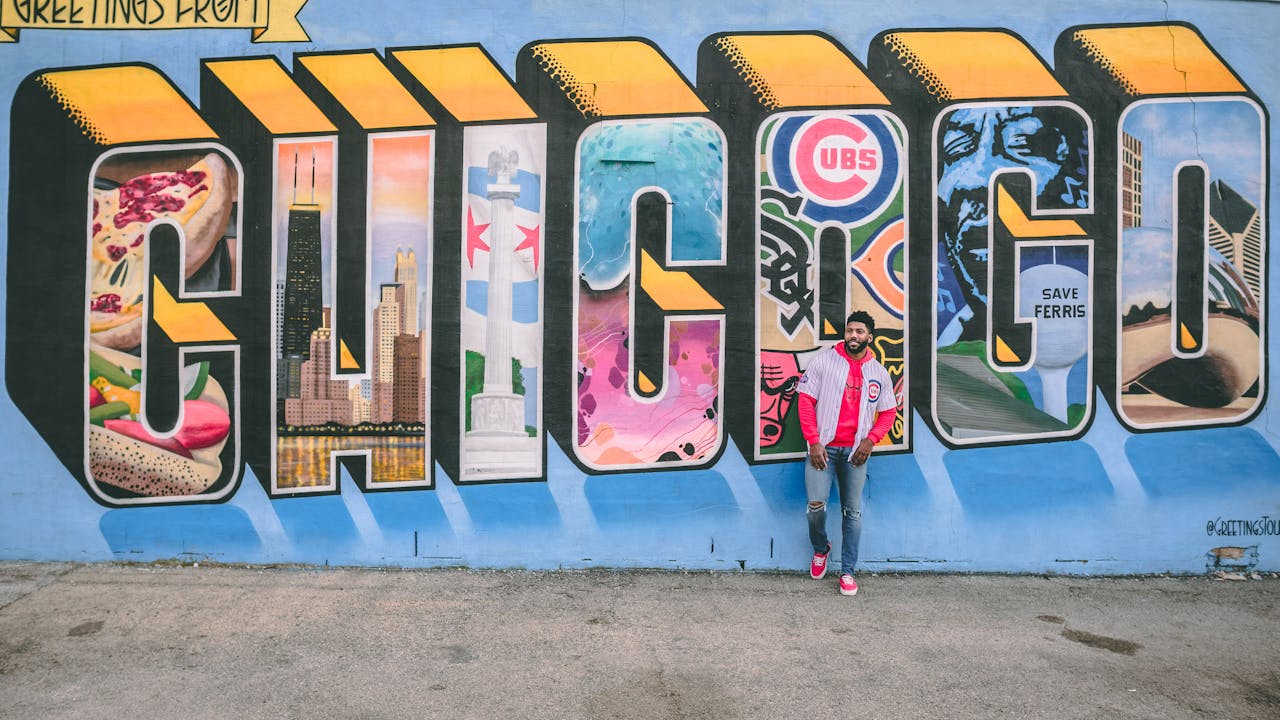
The best part about Chicago’s scene? The refreshing lack of pretension. Gallery attendants actually engage in conversations rather than looking through you, and fellow visitors aren’t trying to network their way into the next big opening. It’s art appreciation at its most genuine.
Santa Fe: Desert Dreamscape
Santa Fe taught me something important: population size has absolutely nothing to do with cultural significance. This tiny city packs more galleries per capita than anywhere else I’ve visited, with Canyon Road housing over a hundred galleries within its half-mile stretch.
The Museum of International Folk Art changed my understanding of what “folk art” even means—throw out any notions of simple crafts or naive techniques. The collection spans continents and centuries with a dazzling array of human creativity.
What makes Santa Fe special is how thoroughly art is integrated into everyday life. The architecture, the food, the festivals—it all feels part of one cohesive cultural experience. Even the light seems specifically designed to make everything look more beautiful, that famous southwestern glow turning the most ordinary street corner into a potential painting.
I once got lost hiking outside town and ended up at a sculptor’s remote studio. Instead of calling me a trespassing idiot (fair), she invited me in for homemade kombucha and showed me works in progress that looked like they belonged in a major museum. That kind of encounter just doesn’t happen in bigger cities.
Miami: More Than Just Art Basel
Yes, Art Basel Miami Beach transforms the city into the center of the art world for one glorious, champagne-soaked week each December. But reducing Miami’s cultural significance to this annual circus misses the point entirely.
Wynwood’s evolution from warehouse district to open-air street art gallery represents one of the most successful urban art initiatives in recent history. Say what you will about the gentrification that followed, but the quality of work covering nearly every available surface is undeniable. I’ve spent entire days just wandering those streets, discovering new pieces tucked into unexpected corners.
The Pérez Art Museum’s bayfront location provides the most spectacular setting for contemporary art I’ve seen in America, while the Institute of Contemporary Art in the Design District offers a more concentrated dose of cutting-edge work.
What makes Miami’s scene unique is its unabashed international flavor. Latin American and Caribbean influences create a visual language distinct from the often Euro-centric traditions of older art cities. There’s an energy, a willingness to experiment, that feels liberating compared to the sometimes stifling weight of tradition found elsewhere.
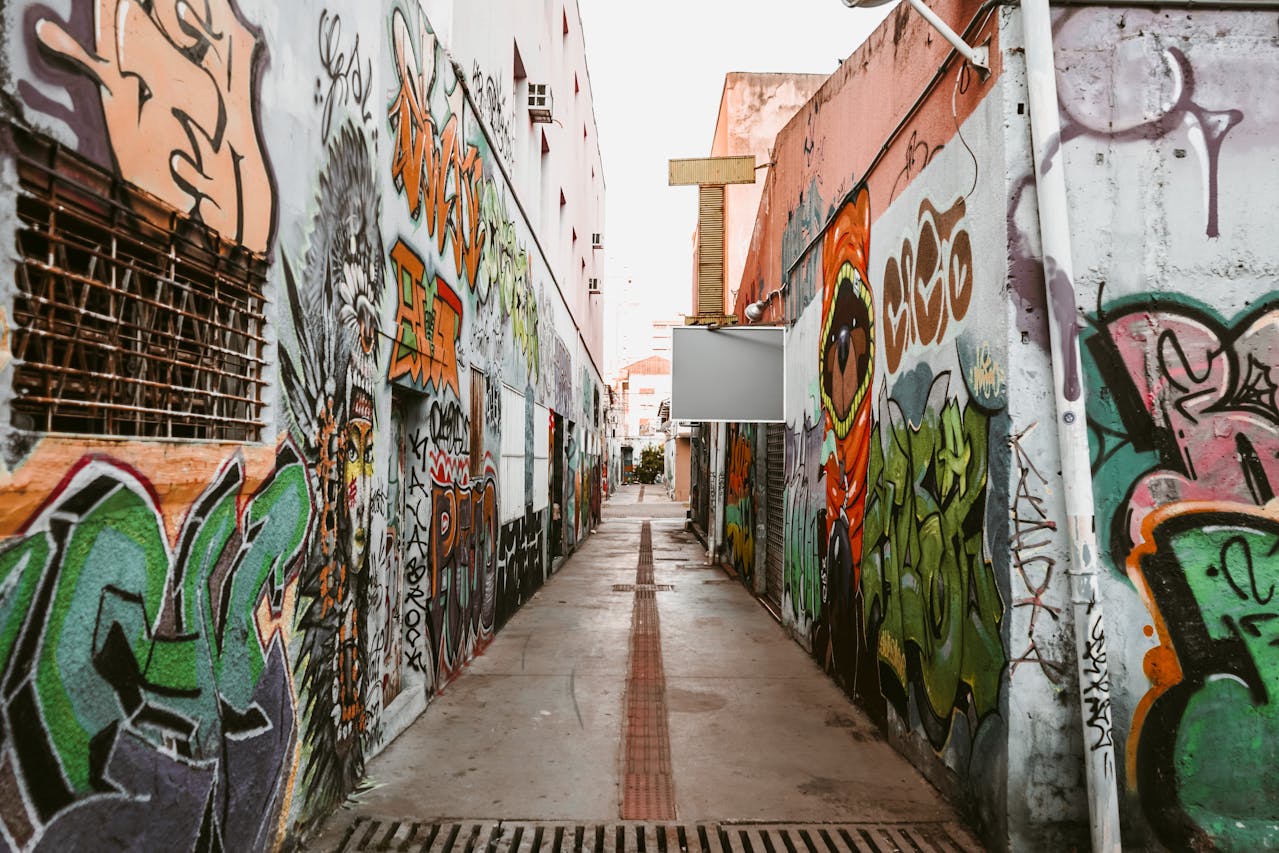
Philadelphia: The Underrated Gem
Philadelphia remains criminally underrated in these conversations. The Philadelphia Museum of Art (yes, of Rocky fame) houses one of the country’s finest collections, with particular strength in American painting and decorative arts.
But it’s the Barnes Foundation that delivers the true knockout punch. Dr. Barnes’ eccentric approach to display—grouping works by formal relationships rather than period or geography—creates unexpected dialogues between pieces. You might find a Picasso hanging beside an antique door hinge, forcing you to consider both in a new light.
During my last visit, I almost missed my train home because I couldn’t tear myself away from the museum’s Renoir collection—and I’m not even a huge Impressionism fan.
The city’s public art program deserves special mention. From the famous LOVE sculpture to the thousands of murals brightening formerly neglected neighborhoods, Philadelphia embraces art as essential civic infrastructure rather than luxury.
The Rising Stars
Detroit: Phoenix From the Ashes
Detroit’s renaissance still feels tenuous in places but undeniable in others—particularly in its explosively creative art scene. Empty industrial spaces have become canvases for ambitious installations that would be financially impossible in more established markets.
The Museum of Contemporary Art Detroit (MOCAD) anchors the formal scene, but the real energy pulses through grassroots organizations like the Heidelberg Project and artist-run spaces throughout the city.
What makes Detroit special is the palpable sense that art isn’t just decorative here—it’s regenerative, healing, necessary. When I visited the Heidelberg Project and spoke with local artists, the conversation wasn’t about market trends or gallery representation but about how creativity rebuilds communities.
New Orleans: Where Art and Life Blur
New Orleans laughs at the very idea of separating art from everyday life. Music spills from doorways, elaborate costumes count as regular Tuesday attire in some neighborhoods, and visual arts permeate the city’s identity.
The contemporary gallery scene along Julia Street provides the expected white-wall experience, but NOLA’s unique contribution to American art culture lies in its refusal to compartmentalize creativity. The backyard sculpture gardens of the Bywater, the handmade costumes of Mardi Gras Indians, the impromptu street performances—it all blends into one gloriously messy creative gumbo.
I once spent an afternoon helping a local artist install a series of tiny doors at the base of trees throughout the Marigny neighborhood. “They’re fairy houses,” she explained, deadly serious. “The city needs more magic these days.” Hard to argue with that logic.
Portland: Weird and Wonderful
Portland’s reputation for quirkiness extends fully to its art scene. Blue-chip galleries are few, but innovative spaces abound, from converted warehouses in the Pearl District to pop-up exhibitions in residential garages.
The Portland Art Museum punches well above its weight, particularly in Native American and Asian collections, but the city’s real contribution is its support of craft traditions that blur the line between fine art and functional object.
During my visit, I toured a knife maker’s studio where each blade was treated as sculpture, a ceramicist creating installation art from functional vessels, and a textile artist whose weavings belonged in a major museum. The city’s rejection of arbitrary hierarchies between art forms feels genuinely refreshing.
Making the Most of Your Art City Adventure
After dozens of gallery weekends, museum marathons, and art fair sprints, I’ve developed a few strategies for maximizing cultural experiences without burning out:
- Never try to see everything – Even in smaller cities, art fatigue is real. Pick two major institutions maximum per day, supplement with smaller galleries, and leave time for aimless wandering.
- Talk to gallery attendants – These often-overlooked oracles can direct you to hidden gems and provide context that wall text doesn’t. Plus, they’re usually artists themselves with fascinating perspectives.
- Check local art school calendars – Student exhibitions offer glimpses of emerging trends and often feature more experimental work than established galleries dare to show.
- Follow the food – Areas with great galleries frequently have great restaurants nearby. The artist-recommended hole-in-the-wall spot might deliver the most memorable meal of your trip.
- Budget for an unexpected purchase – I’ve never regretted buying work directly from emerging artists I’ve discovered while traveling. That tiny sculpture from a Santa Fe studio has brought me more joy than any souvenir ever could.
My most recent “art city” epiphany happened in Baltimore of all places. I’d scheduled just 24 hours there, expecting to hit the highlights and move on. Three days later, I was still discovering new pockets of creativity throughout the city, from the established excellence of the Baltimore Museum of Art to tiny cooperative galleries run by recent MICA graduates.
The lesson? America’s cultural geography keeps evolving, with exciting developments happening far beyond the established centers. The hunt for these emerging scenes has become almost as rewarding as experiencing the art itself.
So grab your walking shoes, clear your camera roll, and prepare your face for those thoughtful expressions we all practice in front of particularly puzzling installations. The American art adventure awaits—judgment-free zone for those of us still pretending to understand conceptual art.
Top Art and Culture Destinations in U.S. Cities
| City | Must-Visit Museums | Gallery Districts | Local Tip |
| New York | The Met, MoMA, Whitney, Guggenheim | Chelsea, Lower East Side, Bushwick | First Fridays offer free admission to many museums |
| Los Angeles | The Broad, LACMA, Getty Center | Downtown Arts District, Culver City | The Museum of Jurassic Technology defies description |
| Chicago | Art Institute, MCA Chicago | River North, West Loop | Don’t miss the Cultural Center’s free exhibitions |
| Santa Fe | SITE Santa Fe, Georgia O’Keeffe Museum | Canyon Road | Indian Market weekend transforms the entire city |
| Miami | Pérez Art Museum, ICA Miami | Wynwood, Design District | December is peak season with Art Basel, but September is cheaper |
| Philadelphia | Philadelphia Museum of Art, Barnes Foundation | Old City | Mural Arts Program offers incredible walking tours |
Top Art and Culture Resources
- Museum Pass Apps – CityPASS – Bundle tickets to major attractions at significant discounts.
- Artsy – artsy.net – The essential online platform for discovering galleries and artists in each city you visit.
- Americans for the Arts – americansforthearts.org – Comprehensive resource for arts events nationwide.
- Culture Trip – theculturetrip.com – Excellent for finding lesser-known cultural attractions.
- Art News – artnews.com – Stay updated on exhibitions and events across the country.
- Gallery Guide – galleryguide.org – Searchable database of galleries throughout the US.
- Meetup Art Groups – meetup.com – Join local art walks and discussions while traveling.
- Google Arts & Culture – artsandculture.google.com – Virtual tours to help plan which collections to prioritize.
- Smithsonian Museums – si.edu – Information on America’s largest museum complex.
- Art Hotel Network – arthotelnetwork.com – Boutique hotels with significant art collections.
- Museum Hack – museumhack.com – Unconventional museum tours for those who think they don’t like museums.
- Atlas Obscura – atlasobscura.com – Find bizarre and overlooked artistic attractions.
- Art21 – art21.org – Documentary series profiling contemporary artists across America.
- Creative Tourist – creativetourist.com – Guides to cultural events and artsy neighborhoods.
- Architectural Digest City Guides – architecturaldigest.com – Expert recommendations for design lovers.
Frequently Asked Questions
Which US city has the best art museums? New York City undoubtedly offers the greatest concentration of world-class art museums, with the Metropolitan Museum of Art, MoMA, the Guggenheim, and the Whitney forming an unbeatable collection. However, Washington DC deserves honorable mention for its incredible free Smithsonian museums.
What is the art capital of the United States? While New York has historically claimed this title, it’s increasingly contested by Los Angeles, which has seen explosive growth in its gallery scene and museum offerings over the past decade.
Which American city has the best street art? Miami’s Wynwood district represents the most concentrated high-quality street art neighborhood in America, though Philadelphia’s 3,600+ murals make it the largest outdoor art gallery in the country.
What’s the best small city for art lovers? Santa Fe consistently ranks as America’s best small city for art, with its unparalleled concentration of galleries along Canyon Road and exceptional museums like the Georgia O’Keeffe Museum.
When is the best time to visit Art Basel Miami? Art Basel Miami Beach occurs annually in early December. For the full experience, arrive a day before the official opening for preview events and stay through the weekend to catch satellite fairs like NADA and Untitled.
Are art museums free in the United States? Unlike Europe, most major US art museums charge admission, with notable exceptions being the Smithsonian museums in Washington DC and the Getty Center in Los Angeles. However, many museums offer free days monthly or “pay-what-you-wish” hours.
What is the most visited art museum in America? The Metropolitan Museum of Art in New York consistently ranks as America’s most visited art museum, welcoming approximately 7 million visitors annually (pre-pandemic figures).
Which US cities have the best emerging art scenes? Detroit, Baltimore, and Richmond are currently generating significant buzz for their vibrant, affordable, and experimental art communities.
What is the best city for public art in America? Philadelphia’s Mural Arts Program has created over 3,600 public artworks, making it the nation’s largest public art program. Chicago’s public art collection also stands out with works by Picasso, Calder, and Anish Kapoor’s famous “Cloud Gate” (The Bean).
Where can I find indigenous or Native American art? Santa Fe offers the richest concentration of Native American art, particularly during Indian Market. The Heard Museum in Phoenix, the Denver Art Museum, and the National Museum of the American Indian in Washington DC are also exceptional resources.
Which US city is best for architecture enthusiasts? Chicago remains the premier destination for architecture lovers, with its unparalleled collection of skyscrapers spanning different eras and styles, excellent architecture tours, and the Chicago Architecture Center.
What are the best art festivals in America? Frieze Los Angeles, Art Basel Miami Beach, and the Armory Show in New York top the list for contemporary art fairs. For broader cultural festivals, New Orleans Jazz Fest, SXSW in Austin, and Miami Art Week offer immersive experiences.
